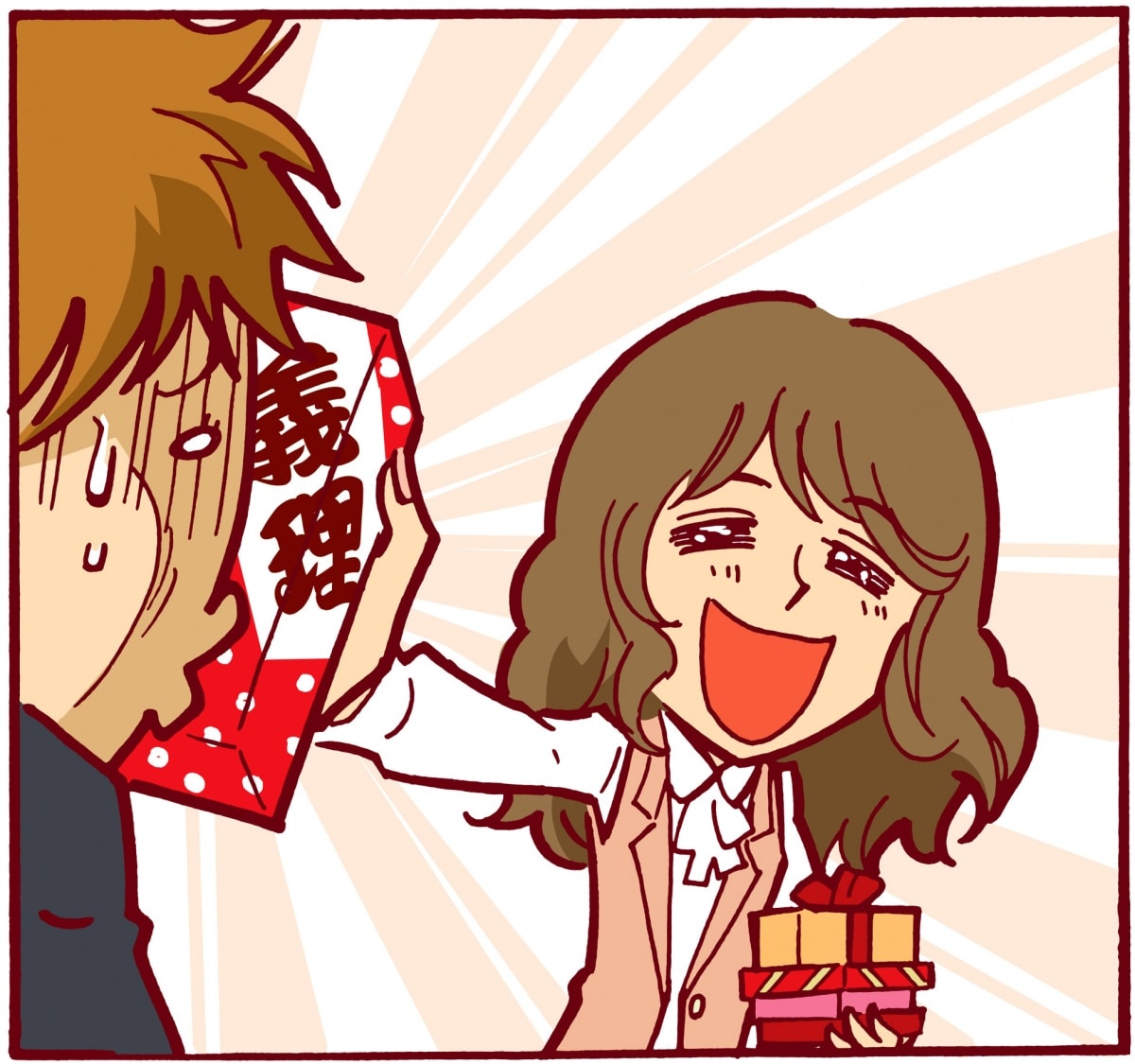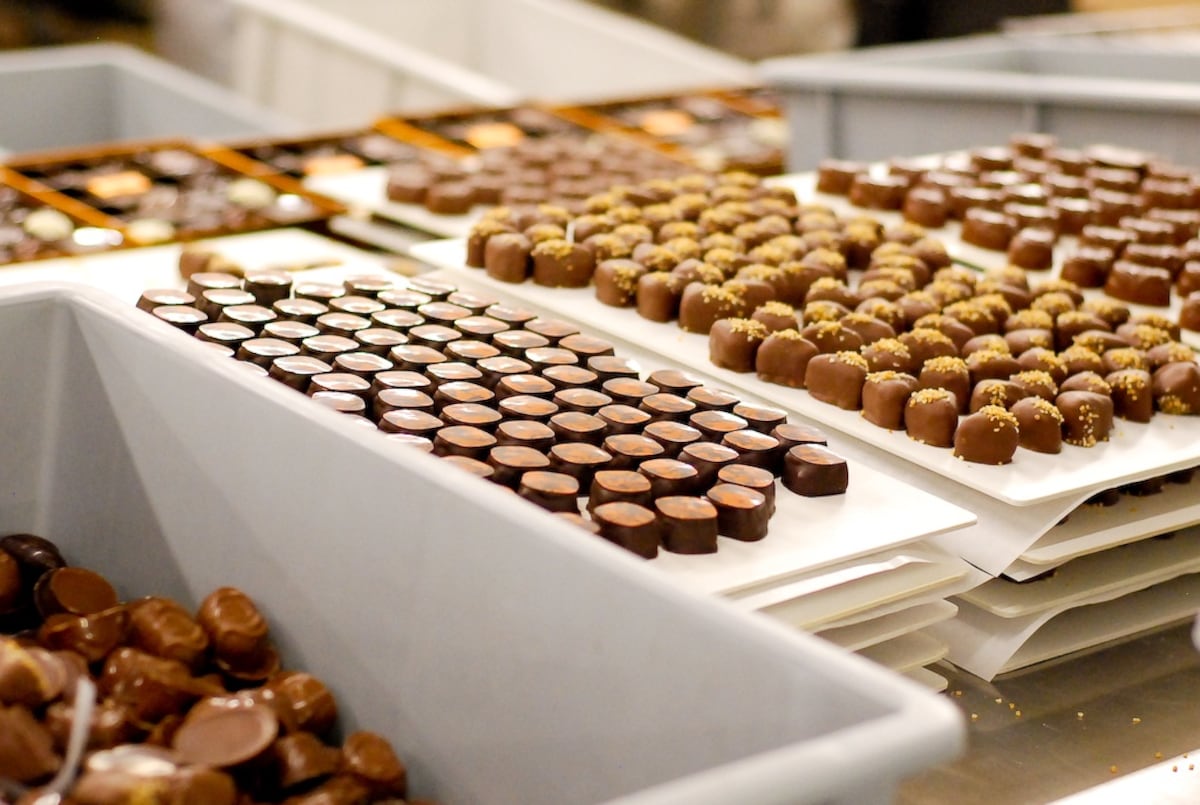Love in Japan: Valentine's Day & White Day
It’s that time of year again. All over the globe on February 14, restaurants are filled with starry-eyed couples, flowers are delivered, stuffed bears are cuddled, and everyone indulges in obscene amounts of chocolate. However, millions of women in Japan will spend Valentine’s Day without receiving a single gift—and they know it!
By Nicholas RichValentine’s Day
Like a few other Western holidays (particularly Christmas and, increasingly, Halloween), Japan has integrated Valentine’s Day into its yearly rotation, and tweaked it for the local market.
Valentine’s Day first edged into the country’s celebratory consciousness in 1936, when Morozoff, a Kobe-based confectioner, advertised in an English-language newspaper to boost sales. The date went largely unnoticed, however, until 1958, when another Japanese confectioner, Mary Chocolate, started selling heart-shaped chocolate at Isetan's flagship store in Shinjuku. It picked up from there, and by the 1970s, the tradition had become firmly entrenched in the national calendar.
Advertising for Valentine’s Day starts in January, shortly after the New Year’s holiday is over. And while in places like the U.S. the onus is usually on men to prove their love for that special someone, in Japan, women are the typical gift-givers on Valentine’s Day. And just like in other countries, chocolate is a safe choice, and sure to please.
Giri Choco & Honmei Choco

There are two key types of chocolate given on Valentine's Day: giri-choco (義理チョコ), chocolate purchased for and given to male friends or coworkers out of a well-meaning sense of obligation (which is the literal meaning of giri), and honmei-choco (本命チョコ), which is ideally home-made, and represents true romantic feelings.
Of course, it can be fun to share the warm feelings of the season with friends, so girls might buy their girlfriends tomo-choco (友チョコ, "friend chocolate"). Between boys this is called—ahem—homo-choco (ホモチョコ). If a boy is daring enough to step outside the box and offer a girl chocolate, it's called gyaku-choco (逆チョコ, "reverse chocolate"). And if you're just dazzled by all the rare types of chocolate on display, there's nothing wrong with picking yourself up some jibun-choco (自分チョコ), sometimes also called jiko-choco (自己チョコ).
White Day
But don’t worry! It wouldn’t be very romantic (or fair!) if all the pressure was on women. Exactly one month later, on March 14, comes the Japanese holiday known as White Day. On White Day, men can return the favor and dish out their own obligatory or romantic treats.
White chocolate and marshmallow sweets are popular choices, but typical romantic tokens like flowers or lingerie are also common. For gentlemen really looking to impress, there’s also the term sanbai gaeshi (三倍返し), literally “triple the return,” which describes the amount the return gift should be worth compared to whatever was received.
Celebration of White Day was initiated by the National Confectionery Industry Association in 1978 as an answer to Valentine’s Day. This came a year after Ishimuramanseido, a Fukuoka-based confectioner, marketed marshmallows to men on March 14, dubbing it Marshmallow Day.
White Day has since spread, and is celebrated in other Asian countries such as Taiwan and South Korea as well.






